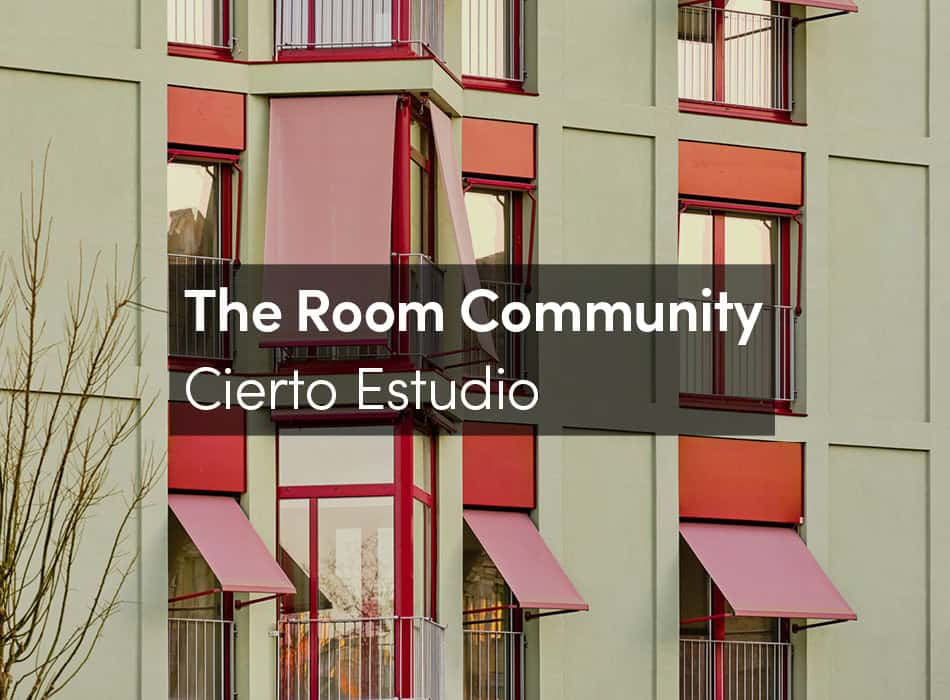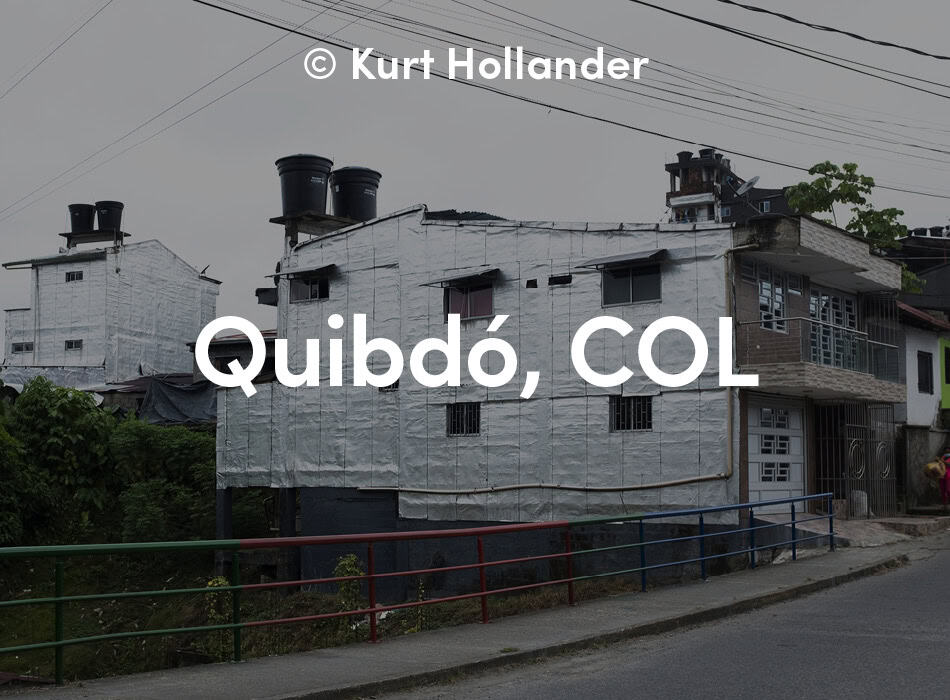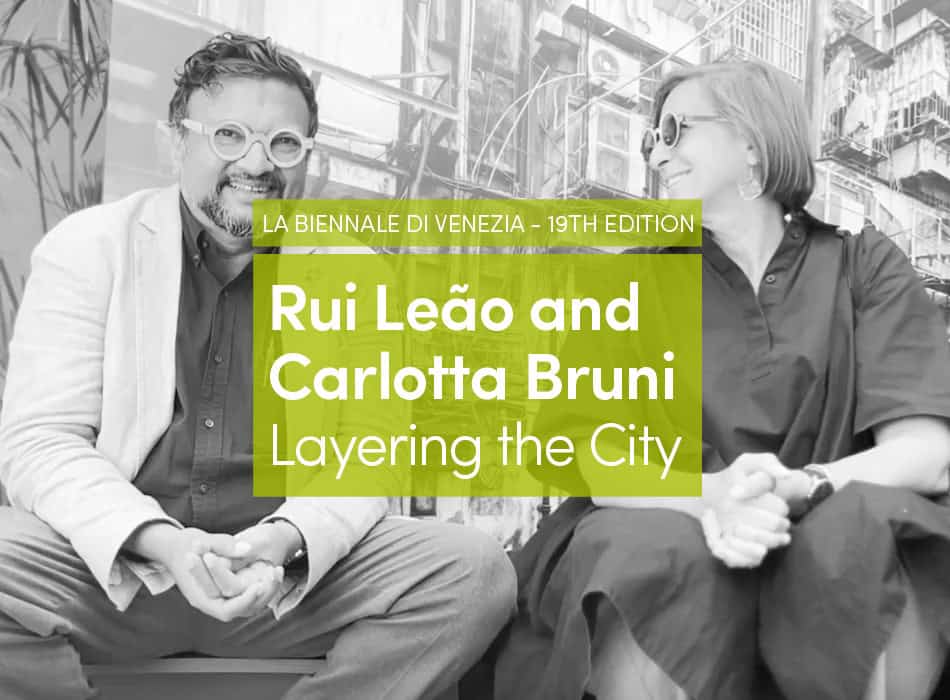The motivation for this project is fed by fascination and frustration: a fascination for the historical, cultural and local urban planning and architecture in Morocco, which is slowly disappearing in the everyday streetscape; and, on the other hand a serious frustration with the current way of building in Morocco that essentially has nothing to do with the centuries-old tradition in urban planning and architecture, leading to a gap between the living environment and the people living in it.
Today this gap is reflected in the way the lower social classes (including slum dwellers) are relocated to so-called “new towns” outside the city, in settlements built and subsidized for the poor, under the guise of an improved living environment. To what extent is a better living environment achieved when segregation and discrepancy are the result? To what extent is this “improvement” really contributing to a better living environment? The country is facing a problem in which politics, strategy and design are mingled. The shantytowns and the new towns are both extremes on the scale of housing: one is illegal, uncontrollable and unsafe; the other is very strict and rigid, large-scale, and controlled, but physically contains a great quality when it comes to the built accommodation. They are opposites of each other, and do not contribute to a sustainable solution to the (re-) housing problem.
From the government’s perspective the bidonvilles are the big problem. Eradication is seen as the best solution for the city. But when you look at history, the shantytown is not so much the cause of the problem as the result of rapid and ongoing migration to the city, combined with the shortage of affordable housing. That problem still exists today. The severe shortage of affordable housing in Morocco is growing by 2% every year. The average annual growth of shantytowns is approximately 4%. The removal of the bidonvilles will not solve the problem; in most cases it just moves the problem elsewhere, or to the future. Informal housing will continue to grow as long as the shortage of formal housing keeps increasing.
Bayt presents a different view of the current social (re-)housing policy in Morocco. The possibilities for rehousing slum dwellers in the city are shown through a case study set up in Casablanca. Traditional urban planning and architecture are the inspiration for the new (urban) design. Herein, the structure of the medina plays an important role. The district (Houma), the neighborhood (hay), the cluster (Derb) and the house (bayt) are re-introduced in a renewed form as urban elements.
Strategies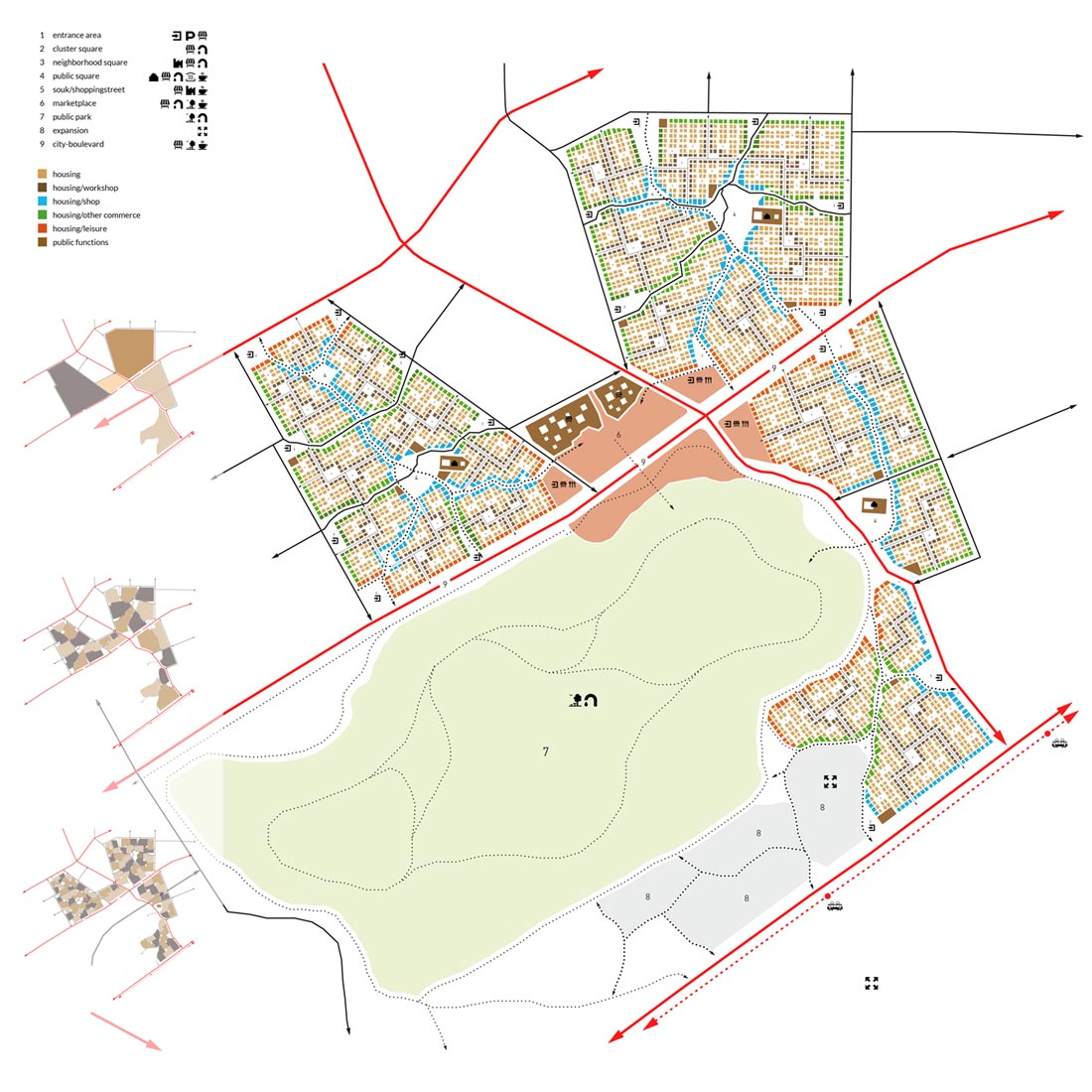
Urban plan
The project site of the shantytown is divided into three districts, fitting within the boundaries of the zoning plan for social housing. Each district has a heart, containing a public square, the mosque and other public functions. The souk / shopping street runs like an economic artery through all the districts and connects neighborhoods to each other and to the central market.
In the transition from public to private, the plan scales gradually from the city to individual doors. Transitions are carefully designed and felt in the atmosphere of the streets, with changes to the function and character of the different street typologies. Wandering from district to cluster, the streets narrow and transform from wide and functional roads to a collective car-free pedestrian areas. A healthy and, above all, safe environment for residents, encompasses both the car-free streets of the medina and the collective character of the streets in the shantytown.
Generic plan & section
In a good living environment, public spaces, green areas and, in the case of Morocco, water are indispensable. The districts are situated around an old stone quarry, which is transformed into a city park. This is the green oasis for the city. Like the neighborhoods, the public space is also rescaled from the front doors to the city park.
The higher public spaces in the neighborhoods act as collectors for the city park. Rainwater is collected on various squares in the rainy months and descends through waterways into water tanks on different levels in the district. These water tanks relieve pressure on the sewer during rain peaks and are used in dry seasons to keep the public spaces and the city park green all year.
An important element in the process is the participation of (future) residents. Unlike other new districts they have a major role in the realization of the project and the quality of life. The shantytown has been the inspiration for this. Low budget, few materials and lack of (large) building equipment make the homes compact, simple and sometimes very inventive. Ordinary people, ordinary materials, ordinary construction and yet very particular homes. Because diversity and identity are difficult or almost impossible to design, this plan provides resources. Construction plans of various housing types, a variety of options for window openings, doorways and details. Residents can use the at their discretion, capital and need, to build they own home (under supervision). The public spaces can also be used at their discretion, in consultation, for example as a laundry-place, playground, or extension of craft workshops around. The result is a dynamic neighborhood that will grow in time into a fully fledged and qualitative habitat.
Within the current framework on housing it is indeed possible to create a better environment with a different perspective and approach. The new medina shows a combination of the social and cultural character of the medina, the inventiveness of the slum and efficiency of western urbanism. An environment where people and environment are matched, an environment inspired by the local force, an environment which slowly forms and grows, and a final image does not actually exist. This plan marks a possibility. The ability to think differently means to break new ground and work on sustainable solutions for both residents and government. A results-oriented plan for a lasting relief of the ongoing migration to the city. A milestone on the road to sustainable urban development in Morocco.





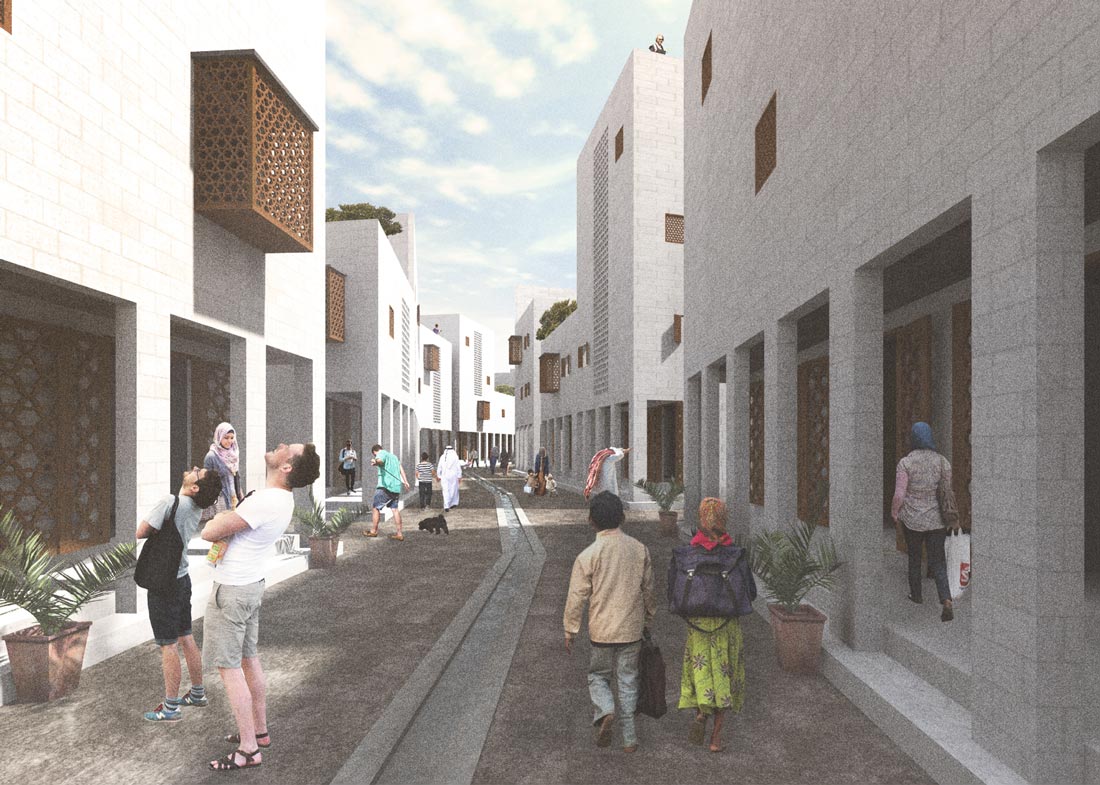
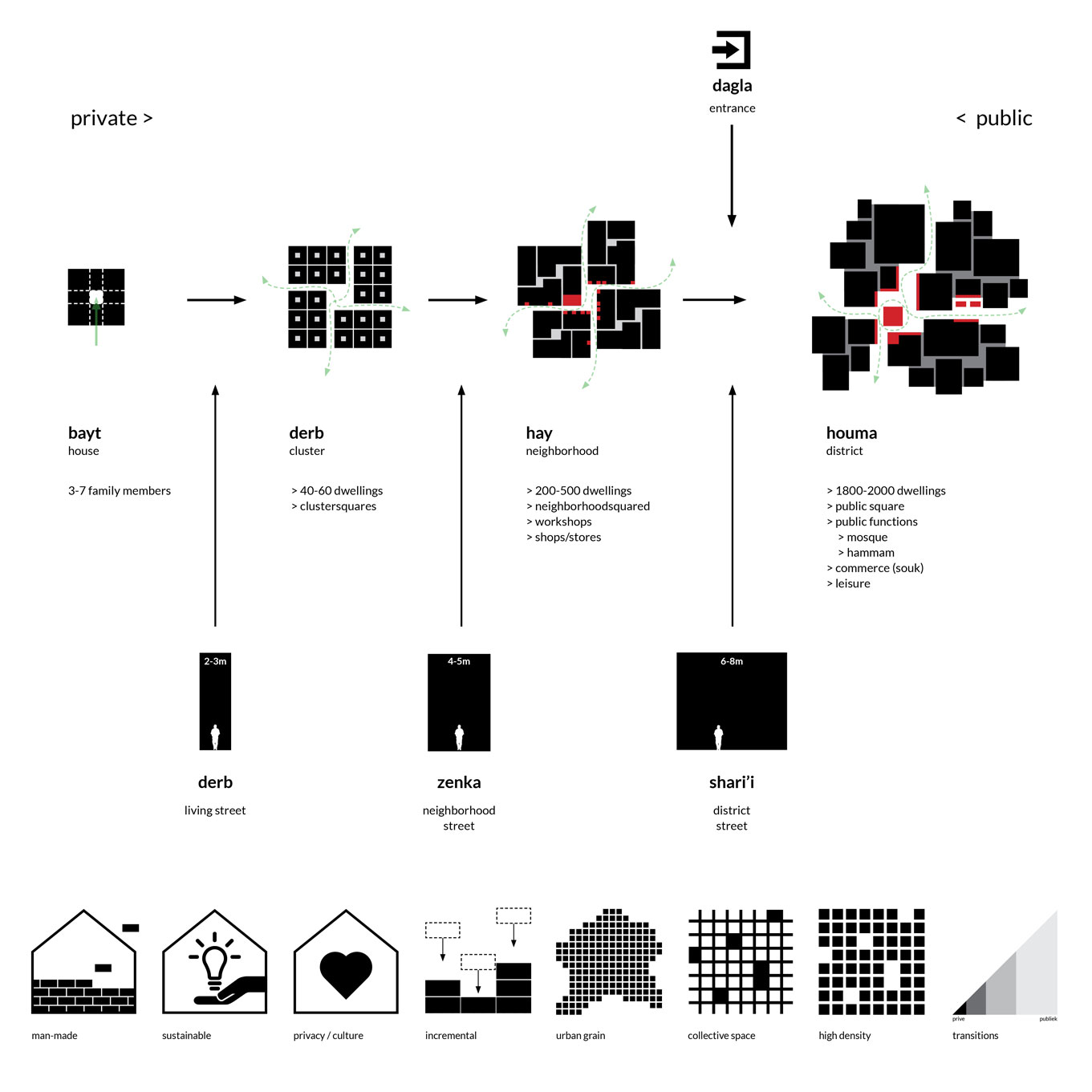

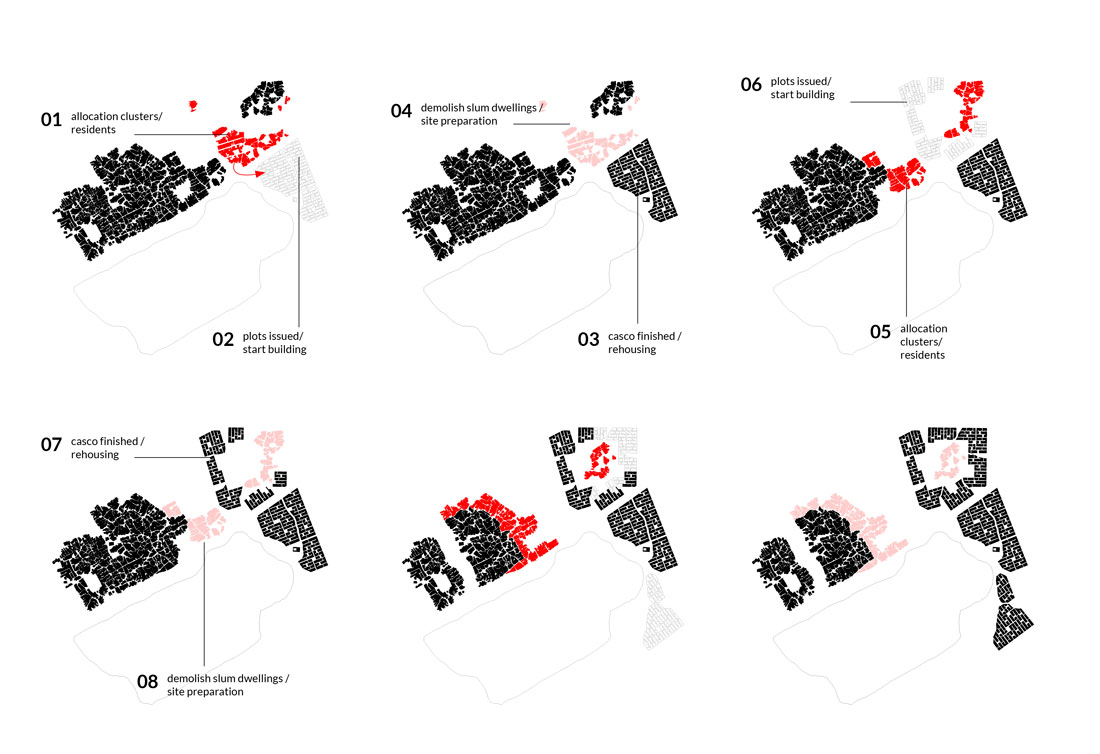
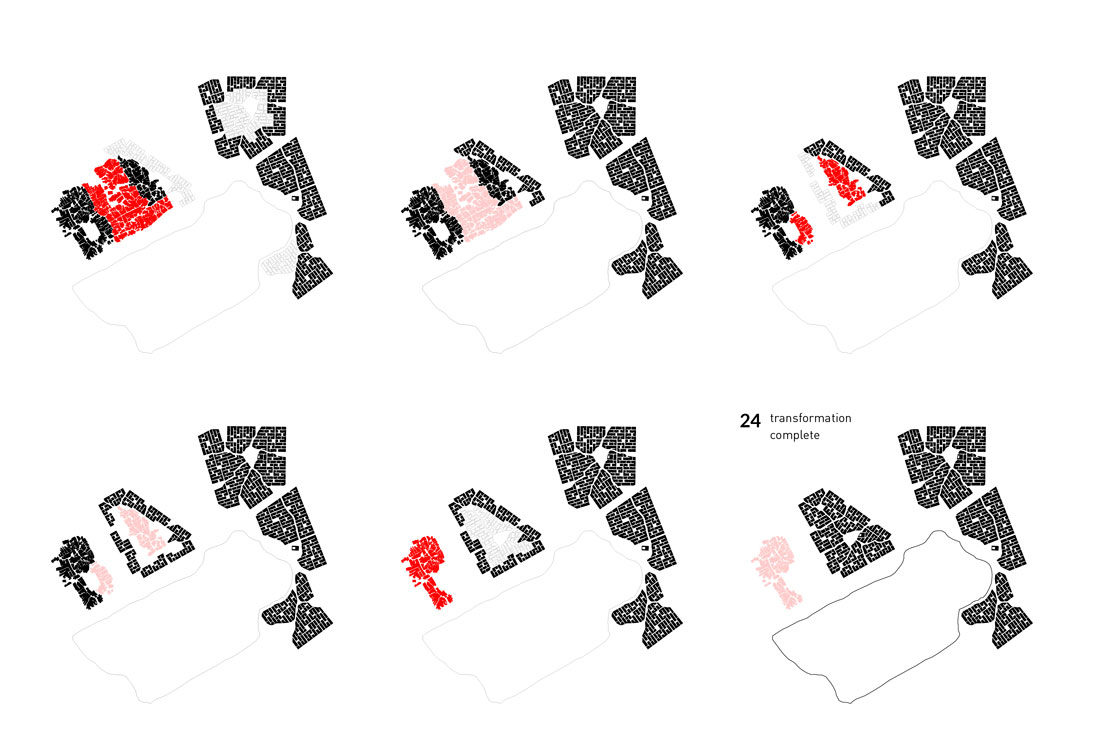
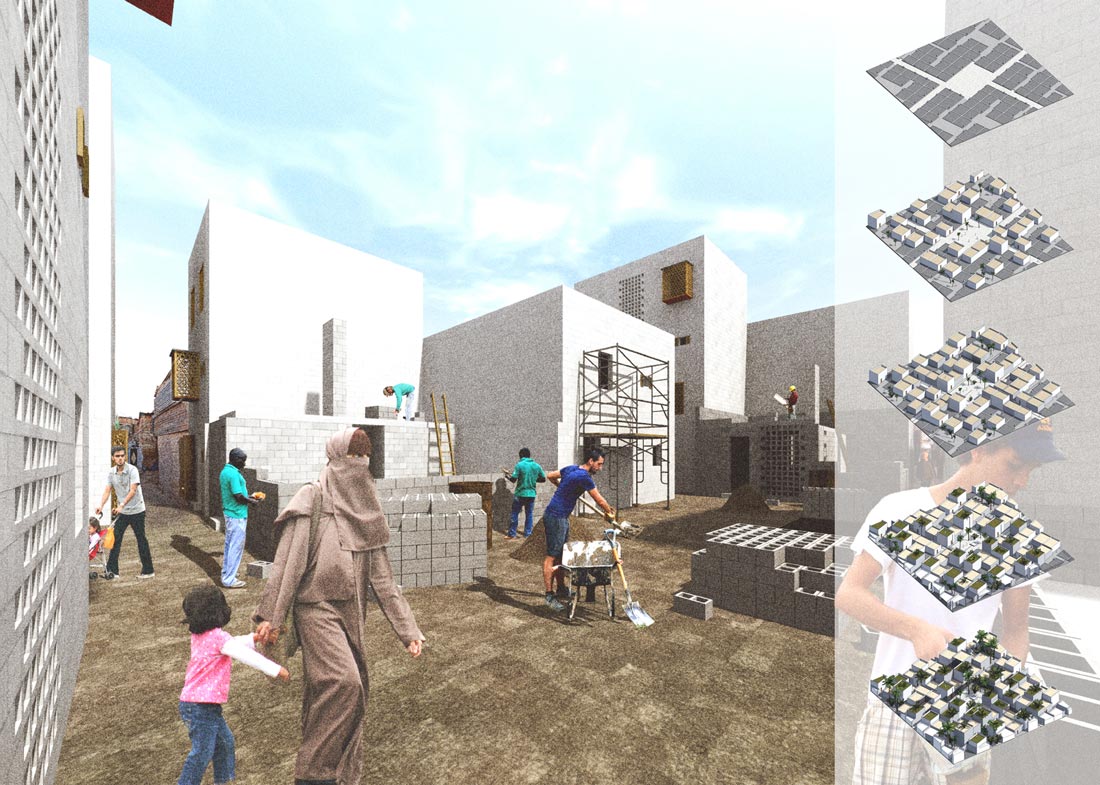
 Axonometry detail
Axonometry detail





